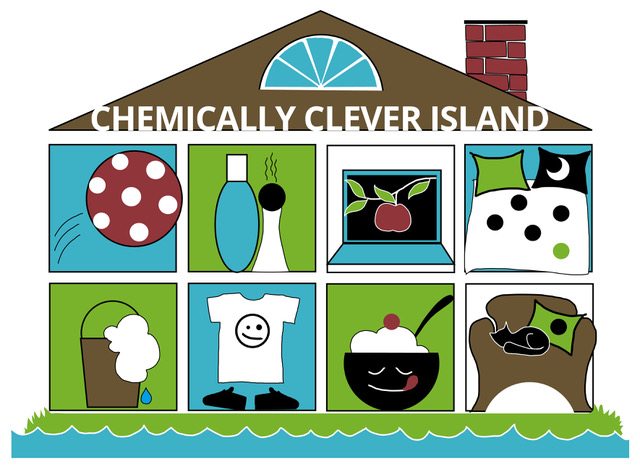Food additives – good for whom?

What’s the point with food additives, really? Is the intention to increase the quality and make the food more tasty? No, unfortunately the additives are often used with the purpose of replacing real ingredients with cheaper ones, to increase the profits of the food industry.
It’s a good thing that all processed food, according to EU directives, comes with a table of contents. On the other hand the text is often tiny and hard to understand. This basic rule might be helpful, though: The ingredients used in the largest amounts are always written on the top of the list.
Entertain yourself with checking out the promised ”main ingredient” in the product. How much avocado does the ready-made guacamole hold? How much chantarelles is it in the chantarelle-soup? Or passion fruit in the passion fruit juice?
Counterfeit food
”Counterfeit food has been around at all times. But in the old days the liable had to stand trial. To replace expensive raw material was seen as deeply immoral and punishable. ”
The quote comes from the book Den hemlige kocken (”The secret chef”) written by the Swedish journalist Mats-Eric Nilsson, who then points out: Today this replacing is put in system. The average consumer eats about 6-7 kilos of additives every year. Only 1 percent is used to protect the consumers from rancid fats and food poisoning. Factory baked bread could contain up to 16 different chemicals to stay – or seem – fresh longer. Does that make the consumers happy, or the ones earning money from the bread?
Some examples of the different additives and their purposes:
- Thickeners increase the volume of food and gives it the right creamy texture, even if the amounts of, for instance, real fruit and natural fats have been cut down.
- Emulsifiers and stabilizers make sure that ingredients difficult to mix get mixed and stay mixed.
- Surface treatment agents gives the right impression from the start: maybe luscious foam on the top, or just a smooth and soft surface.
- Colorants make candy, yoghurt and other food look more tempting when there are too few strawberries in the yoghurt or no egg yolk and real vanilla in the custard sauce.
- Sweeteners are artificial substitutes for sugar in lemonade, convenience food etc. HFCS, high-fructose corn syrup, is cheaper than real sugar and is used for example in soft drinks. Aspartame and saccarin are marketed as ”light” alternatives.
- Flavor enhancers trick your tastebuds to believe that the food tastes more than it really does. The most common, and debated (since many people get sick from it) is monosodium glutamate.
- Flavouring simulate and enhance natural or desired taste when ingredients do not measure up or have been substituted with water or other cheap fillers. Flavouring is added to almost all processed food. Not seen as additives in EU directives it has no E-numbers (codes denoting food additives), and it is impossible to know what we eat.
Did you get any cravings reading this text? Probably not. The good news is, though, it is quite easy to avoid food additives if you want to. Buy clean and unprocessed raw material when possible. Buy organic, since the production rules are stricter. Eating organic fruits and vegetables also means you avoid remains of pesticides, and contribute to a less toxins in the environment.
